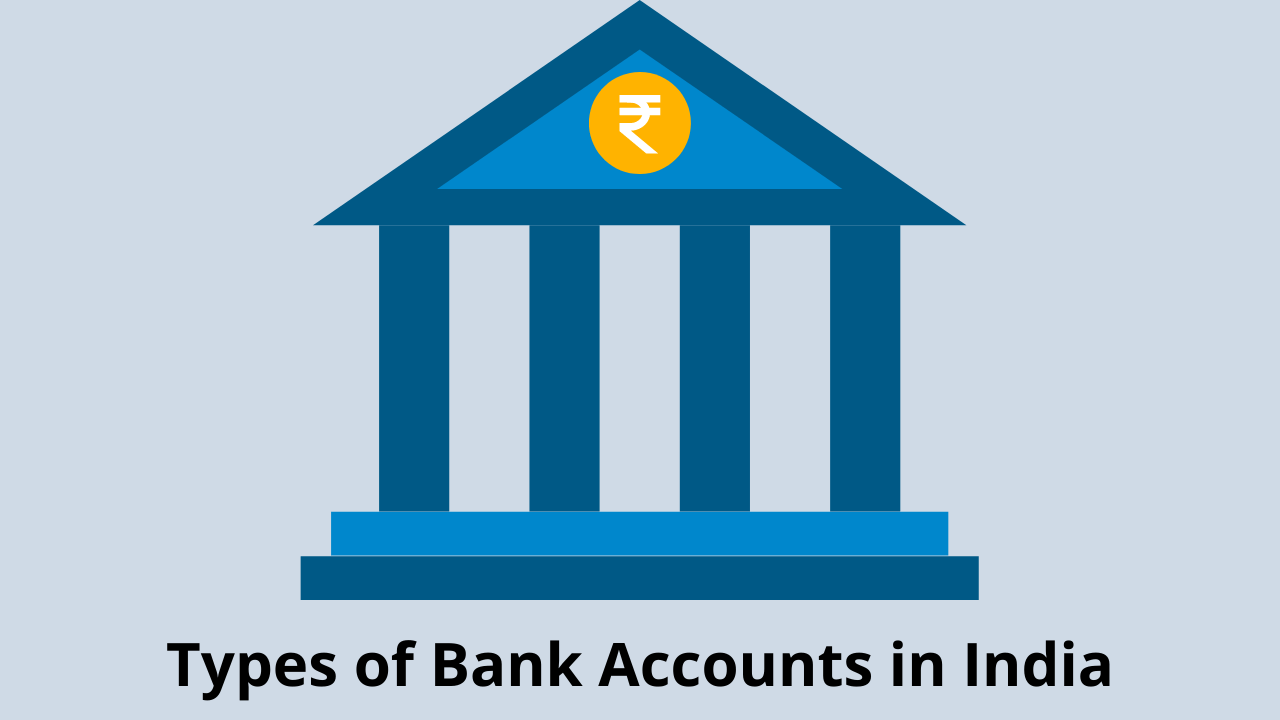In the vast realm of the Indian stock market, the Nifty 50 holds a prominent position as a market benchmark. For those who are new to investing or looking to expand their financial knowledge, this article serves as a comprehensive guide to the Nifty 50 index in India. We will unravel the basics, explore its significance, and provide insights into how this index influences the broader stock market landscape.
What is Nifty 50?
The Nifty 50, officially known as the National Stock Exchange Fifty, is a benchmark index comprising 50 of the largest and most actively traded stocks listed on the National Stock Exchange of India (NSE). It serves as a reflection of the overall market performance and is widely used by investors, analysts, and fund managers to assess the health of the Indian equity market.
Composition of Nifty 50:
The Nifty 50 index is a carefully curated basket of 50 stocks that represent diverse sectors of the Indian economy. The selection process involves considering various factors, such as market capitalization, liquidity, and trading volumes. The goal is to provide an accurate snapshot of the stock market’s performance.
The index is rebalanced periodically to ensure it remains reflective of the changing market dynamics. This means that stocks may be added or removed based on their market performance and relevance.
Key Nifty 50 Sectors:
The Nifty 50 includes stocks from a wide array of sectors, offering investors exposure to various segments of the Indian economy. Some key sectors represented in the index include:
- Information Technology (IT):
Companies engaged in software development, IT services, and technology solutions. - Finance:
Banking and financial institutions form a significant portion of the index, showcasing the importance of the financial sector in the Indian economy. - Fast-Moving Consumer Goods (FMCG):
Consumer goods companies that manufacture and distribute products with high turnover. - Automobile:
The automotive sector, encompassing manufacturers of cars, two-wheelers, and commercial vehicles. - Pharmaceuticals:
Companies involved in the production and distribution of pharmaceutical products. - Energy:
This sector includes companies in the oil and gas industry, as well as power generation and distribution. - Telecommunications:
Companies providing telecommunication services, including mobile and internet service providers.
Significance of Nifty 50:
- Market Barometer:
The Nifty 50 serves as a barometer for the overall health of the Indian stock market. Movements in this index are closely watched and analyzed by investors to gauge market trends and sentiments. - Benchmark for Mutual Funds:
Many mutual funds and exchange-traded funds (ETFs) use the Nifty 50 as a benchmark to measure their performance. Investors often compare the returns of these funds with the Nifty 50 to assess their relative success. - Investor Sentiment:
Changes in the Nifty 50 can influence investor sentiment. A rising index is generally associated with optimism, while a declining index may raise concerns among investors. - Derivatives Trading:
The Nifty 50 is actively traded in the derivatives segment of the market. Futures and options contracts based on the index provide opportunities for investors to hedge their portfolios or speculate on market movements.
How Nifty 50 is Calculated:
Understanding the methodology behind the calculation of the Nifty 50 is crucial for investors. The index is computed using the free-float market capitalization weighted methodology, which means that the level of index reflects the total market value of all the stocks in the index relative to a particular base period.
The formula for calculating the Nifty 50 index is as follows:
NiftyIndex=(Index Divisor∑Market Capitalization of each stock×Free Float Factor of each stock)×Base Value
Here, the Free Float Factor represents the proportion of shares available for trading in the market, excluding shares held by promoters and other entities with significant control.
Nifty 50 and Market Trends:
Investors often use the Nifty 50 to identify broader market trends. When the majority of stocks in the index are performing well, it suggests a bullish market sentiment. Conversely, if a significant number of stocks are underperforming, it may indicate a bearish sentiment.
Investing in Nifty 50:
For those looking to invest in the Nifty 50, there are several options available:
- Index Funds:
Index funds replicate the composition of the Nifty 50, allowing investors to gain exposure to the entire index through a single investment. - Exchange-Traded Funds (ETFs):
Nifty 50 ETFs are traded on the stock exchange and provide a cost-effective way for investors to track the performance of the index. - Stocks in the Index:
Investors can also choose to invest directly in individual stocks that are part of the Nifty 50. This requires thorough research on the specific companies and their performance.
Nifty 50 and Global Markets:
Given the interconnectedness of global financial markets, the Nifty 50’s performance is not isolated from global trends. Economic events, geopolitical developments, and changes in global indices can influence the movement of the Nifty 50.
Conclusion:
In conclusion, the Nifty 50 stands as a crucial indicator of the Indian stock market’s performance. Its diverse composition and methodology make it a reliable benchmark for investors and fund managers alike. Understanding the Nifty 50 allows investors to make informed decisions, track market trends, and navigate the dynamic landscape of the Indian equity market with confidence. Whether you are a seasoned investor or just starting, keeping an eye on the Nifty 50 can provide valuable insights into the ever-evolving world of finance.









